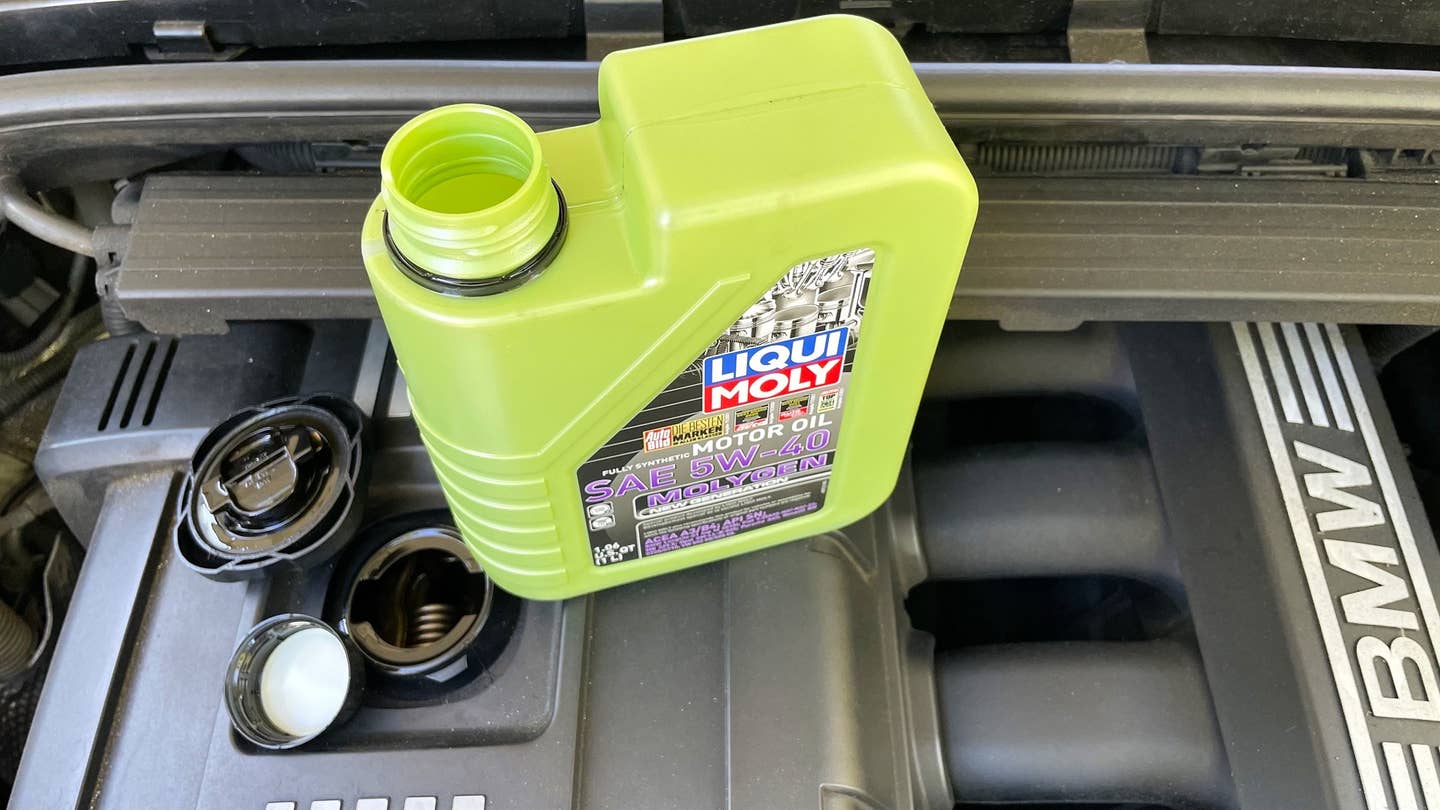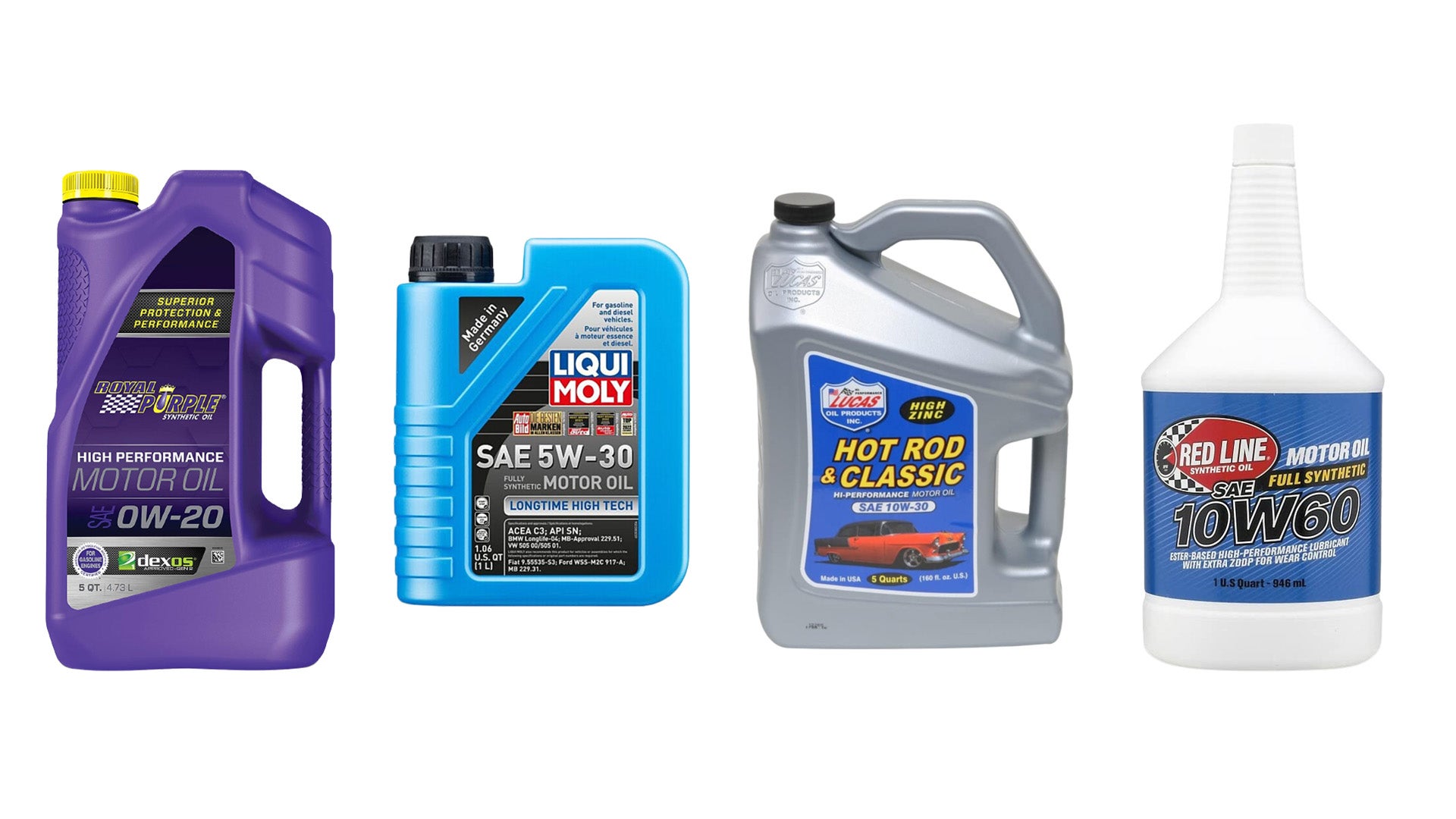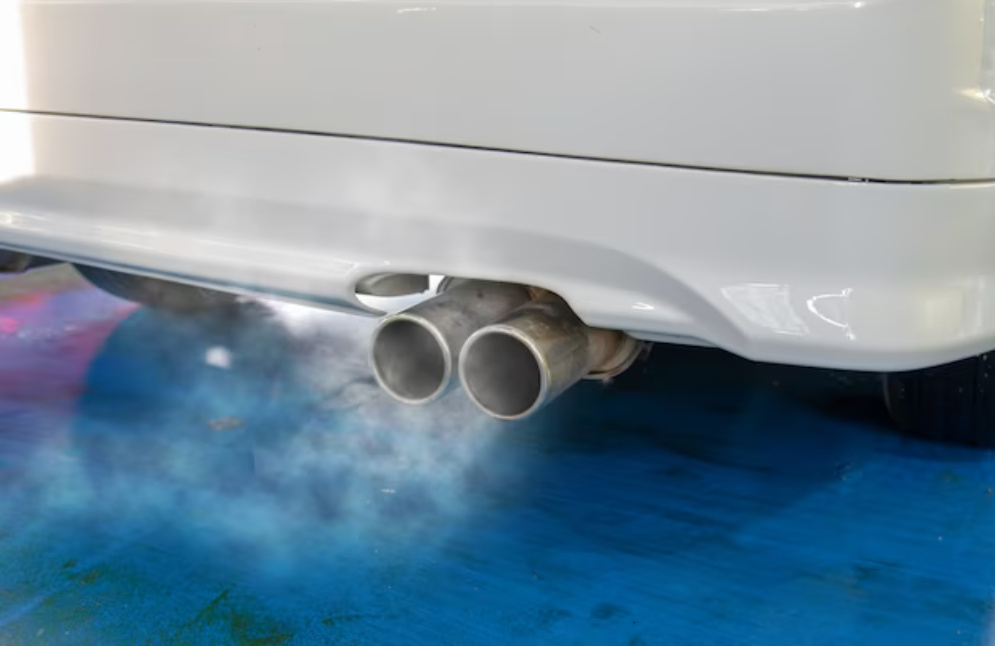Understanding Engine Oil Weight: What It Means? And Why It Matters For Your Vehicle?
Choosing the right engine oil weight is more important than many drivers realize. Engine oil isn’t just a lubricant; it’s a critical component that affects your vehicle’s performance, fuel efficiency, and engine longevity. With various oil weights available, understanding what those numbers mean and how they impact your engine can seem complex.
This blog post will demystify engine oil weight, explain why it matters, and guide you in choosing the best oil for your vehicle, ensuring your engine runs smoothly and efficiently for years to come.

What Is Engine Oil Weight?
Engine oil weight, also known as viscosity, measures the oil's thickness and its ability to flow at different temperatures. The Society of Automotive Engineers (SAE) has established a standardized grading system to categorize oil viscosity. This grading system helps you understand how the oil will perform under various conditions.
The oil weight is typically represented in a format like "5W-30" or "10W-40." The first number, followed by a "W" (which stands for winter), indicates the oil's viscosity at low temperatures. The lower this number, the better the oil will flow in cold conditions. The second number indicates the oil's viscosity at high temperatures, reflecting its ability to protect the engine when it’s hot.

Choosing the correct engine oil weight is crucial for several reasons:
- Engine Performance and Efficiency: The right oil ensures smooth engine operation, reducing friction and wear on moving parts. This leads to better fuel efficiency and overall performance.
- Engine Protection and Longevity: Proper oil weight provides a protective film over engine components, preventing metal-to-metal contact and minimizing wear. This protection is vital for extending the engine's life.
- Fuel Consumption: Using the correct oil weight helps maintain optimal fuel economy. Oils that are too thick or too thin can cause the engine to work harder, increasing fuel consumption.
Understanding oil weight labels is key to choosing the right oil. Here's a breakdown of what the numbers and letters mean:
- 5W-30: The "5W" indicates the oil's viscosity at low temperatures. A lower number means better flow in cold weather.
- 30: This number represents the oil's viscosity at high temperatures. Higher numbers mean thicker oil at operating temperature, which can provide better protection in hot conditions.
Manufacturers often recommend specific oil weights for their vehicles. It's crucial to follow these recommendations to ensure your engine operates correctly in various conditions.

Selecting the right oil weight depends on several factors:
- Climate: Colder climates require lower "W" numbers to ensure the oil flows easily during startup. In warmer climates, higher numbers are more suitable to maintain oil thickness at high temperatures.
- Driving Habits: Frequent short trips can prevent the engine from reaching optimal temperature, requiring oils that perform well at low temperatures. Conversely, long-distance driving may necessitate oils that can withstand high operating temperatures.
- Vehicle Age: Older engines might benefit from thicker oils that provide better sealing of worn components, while newer engines typically require lighter oils for better fuel efficiency.
- Manufacturer Recommendations: Always adhere to the oil specifications provided in your vehicle's owner’s manual. Manufacturers test their engines extensively and recommend oil weights that ensure optimal performance and longevity.

There are various types of engine oils, each with its own advantages and disadvantages.
- Conventional Oil: Made from refined crude oil, conventional oil is suitable for older vehicles or those with simple engine designs. It's typically less expensive, but it requires more frequent changes.
- Synthetic Oil: Engineered for high performance, synthetic oil offers superior protection and longevity. It's ideal for high-performance and modern engines but comes at a higher cost.
- Synthetic Blend Oil: A mix of conventional and synthetic oils, synthetic blends offer a balance between performance and cost. They provide better protection than conventional oils and are more affordable than full synthetics.
Changing your engine oil is a straightforward process that you can do yourself with the right tools and a bit of know-how.
- Preparation: Gather the necessary tools and materials, including the right oil weight, oil filter, wrench, and drain pan. Refer to your owner's manual for the recommended oil weight and capacity.
- Draining the Old Oil: Warm up the engine for a few minutes to ensure the oil flows easily. Place the drain pan under the oil pan, remove the drain plug, and let the old oil drain completely.
- Replacing the Oil Filter: Remove the old oil filter using a filter wrench. Apply a small amount of new oil to the gasket of the new filter and install it by hand, ensuring it's snug but not over-tightened.
- Adding New Oil: Replace the drain plug and pour the recommended amount of new oil into the engine. Check the oil level with the dipstick to ensure it’s correct.
- Disposal: Properly dispose of the old oil and filter at a recycling center or an auto shop that accepts used oil.

Can I mix different oil weights?
It's generally not recommended to mix different oil weights, as it can alter the oil's viscosity and affect engine performance.
How often should I change my oil?
Follow your vehicle's manufacturer's recommendations, typically every 5,000 to 7,500 miles for conventional oil and up to 10,000 miles for synthetic oil.
What happens if I use the wrong oil weight?
Using the wrong oil weight can lead to reduced engine efficiency, increased wear, and potential damage, especially under extreme conditions.
Choosing the right engine oil weight is essential for your vehicle’s performance and longevity. Understanding oil weight, reading labels, and considering factors like manufacturer recommendations, driving habits, and climate help you make informed decisions. Proper engine lubrication with the correct oil weight reduces wear, improves fuel economy, and extends your vehicle's life. When in doubt, consult a professional for expert advice. Investing in the right oil weight ensures a smoother, more reliable engine.
Click on the following link to read another blog post: What To Do If Your Car Gets Stuck in Snow?















